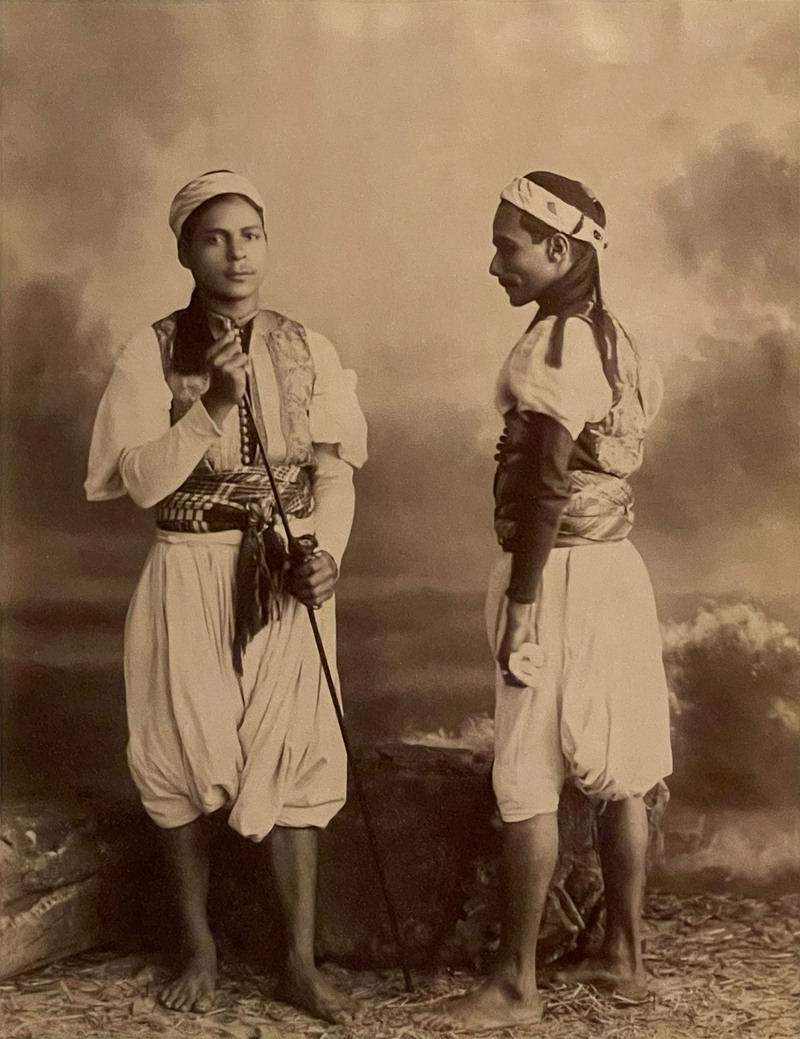19th- and 20th-Century Travel Photography
Photography Gallery
In 1977 the theorist Susan Sontag wrote, "To collect photographs is to collect the world," suggesting that the acts of viewing, organizing, and studying photographs reflect a parallel desire to understand and control the places and subjects pictured.
The works in this gallery represent travel photography made by commercial studios in Japan, Egypt, Italy, and the Ottoman Empire, which was partitioned in 1922. The demand for souvenir photography among American and European travelers was facilitated by infrastructural developments throughout the nineteenth century that precipitated a tourism boom. Widespread interest in so-called foreign lands also resulted from capitalist, imperialist, and colonialist incursions, including the forced opening of Japan to foreign trade in 1853 and the British occupation of Egypt starting in 1882. Supporters rationalized these actions with the racist notion—rooted in social Darwinism—that the West was destined to advance despite the cost to non-Western nations.
In the photographs on view, the camera was used much like a museum or encyclopedia to label, order, and familiarize the unfamiliar. Photographs of Hagia Sophia and the Great Pyramid of Giza satisfied Western demand for views of ancient sites and reinforced stereotypes of Asia and the Middle East as temporally static—undying pasts. Other images like the Underwood & Underwood stereographs, collapsed space, enabling armchair visitors to tour Egypt, for example, in three dimensions with a viewing device and guidebook. In posed photographs, such as Kusakabe Kimbei’s images of geisha and samurai, photographers often reduced individuals to essentializing types.
The majority of photographs on view were gifted to the Kemper Art Museum in 2015 by Robert Frerck, a photographer and collector. Others are loans from the Russell Sturgis Photograph Collection at the Washington University Archives. This installation marks the Museum’s first display of these materials as part of its ongoing research into the history of photography and its role in constructing the world.
Selected works
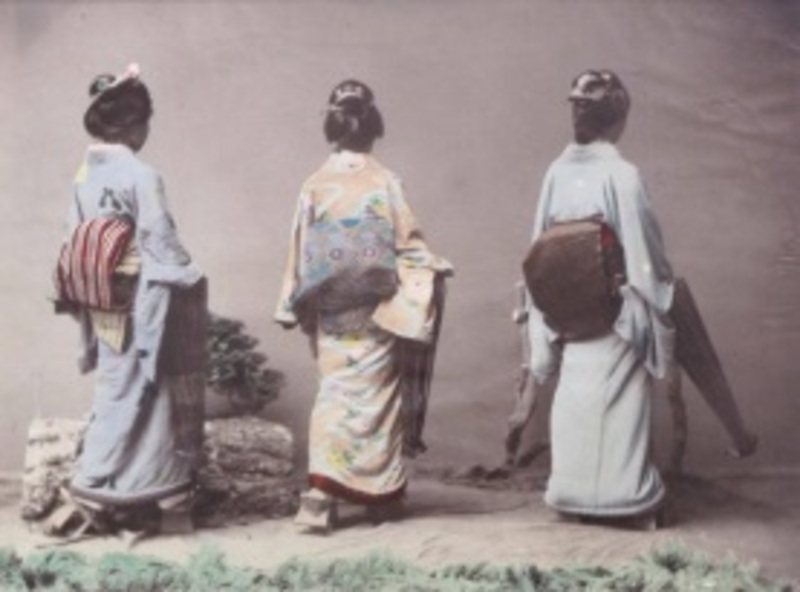
Kusakabe Kimbei
Girls Showing the Back Style
c. 1880s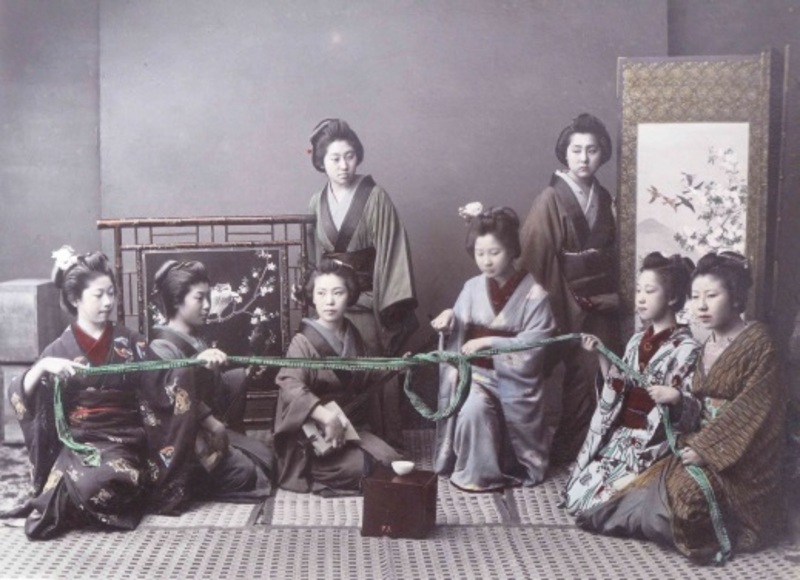
Kusakabe Kimbei
(Konkonchiki) Japanese Girls Playing Game
c. 1880s
Kusakabe Kimbei
Three Samurai
c. 1880s
Abdullah Frères
Untitled (Ottoman woman)
c. 1860s–c. 1890s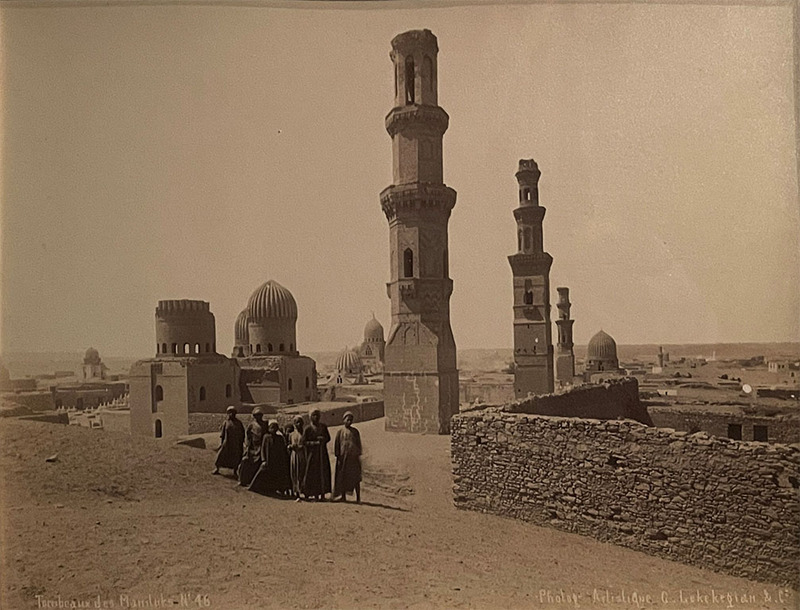
Gabriel Lékégian
Tombeaux des Mamluks (Tombs of the Mamluks)
c. 1865–c. 1895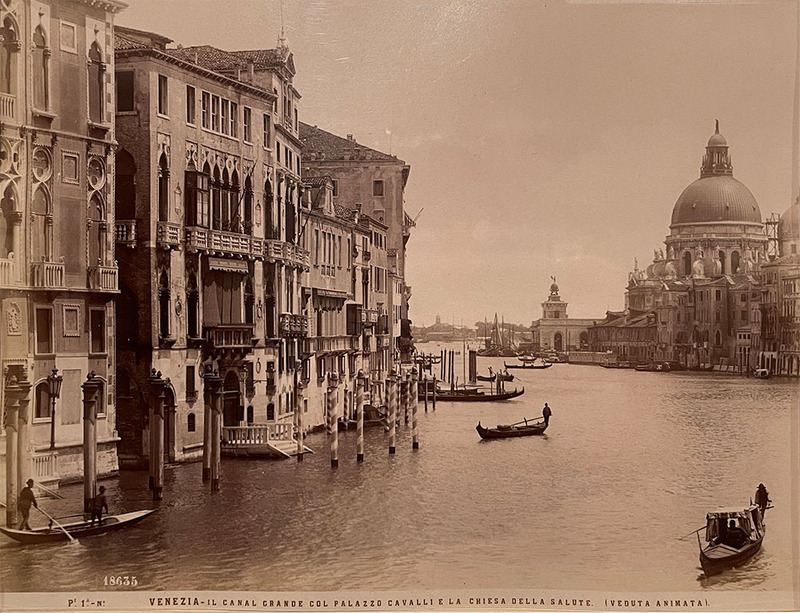
Giacomo Brogi
Venezia—Il Canal Grande col Palazzo Cavalli e la Chiesa della Salute (veduta animata) (Venice—The Grand Canal with the Palazzo Cavalli and Basilica di Santa Maria della Salute [animated view])
c. 1880s–c. 1890s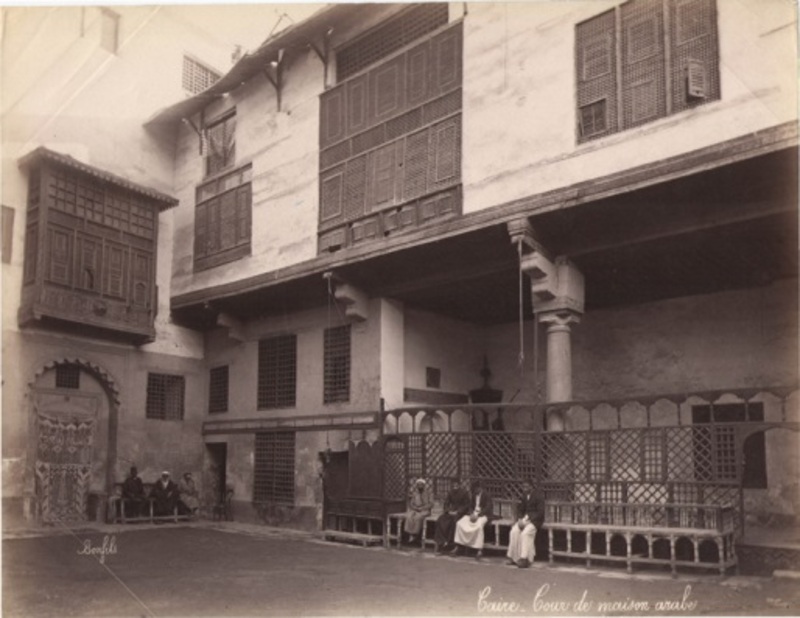
Maison Bonfils
Caire, Cour de maison arabe (Cairo, Courtyard of Arab house)
1867–c. 1890sUntitled (Fountain of Sultan Ahmed III, Constantinople)
1853–57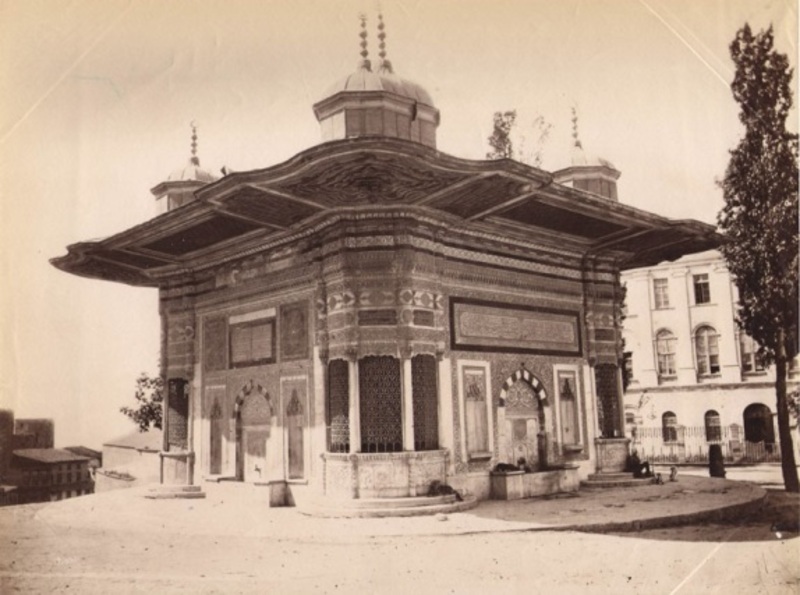
Maison Bonfils
Fountain of Achmed III, Constantinople, Turkey
1867–c. 1890s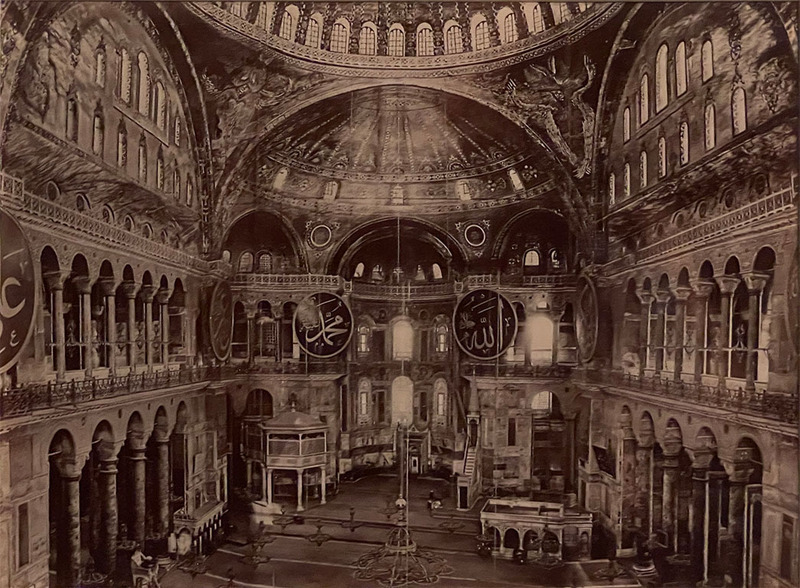
Sébah & Joaillier
Untitled (Interior of Hagia Sofia)
c. 1880s–c. 1890s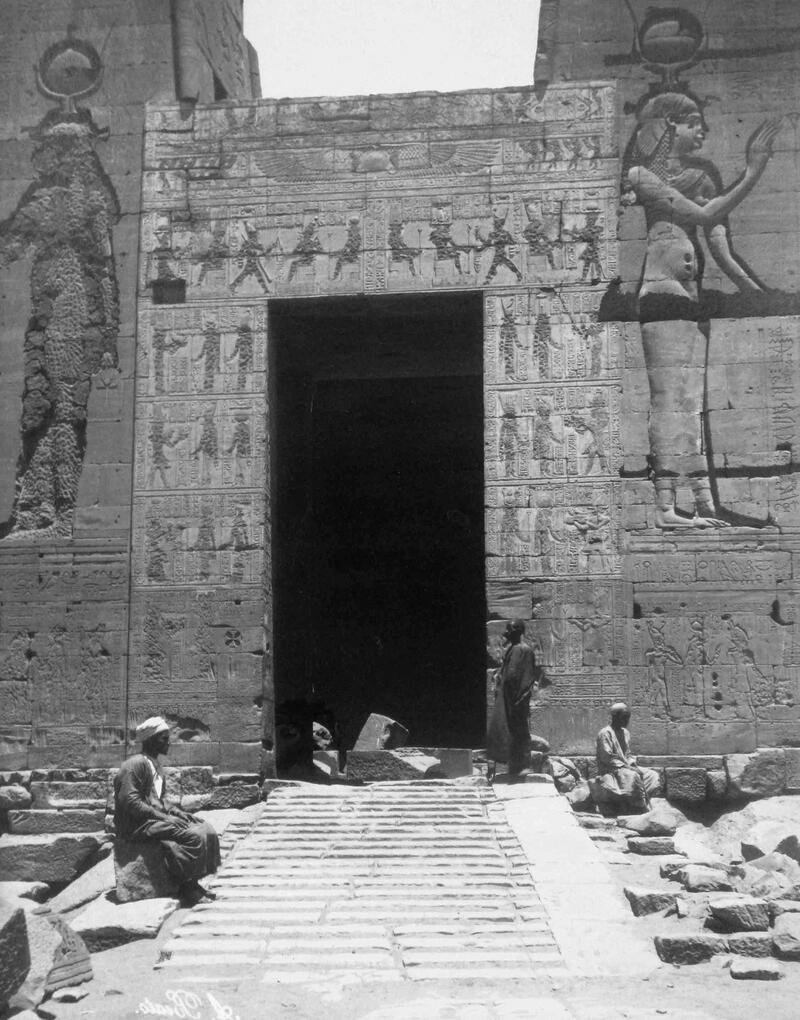
Antonio Beato
Untitled (Temple of Isis, Philae)
1860s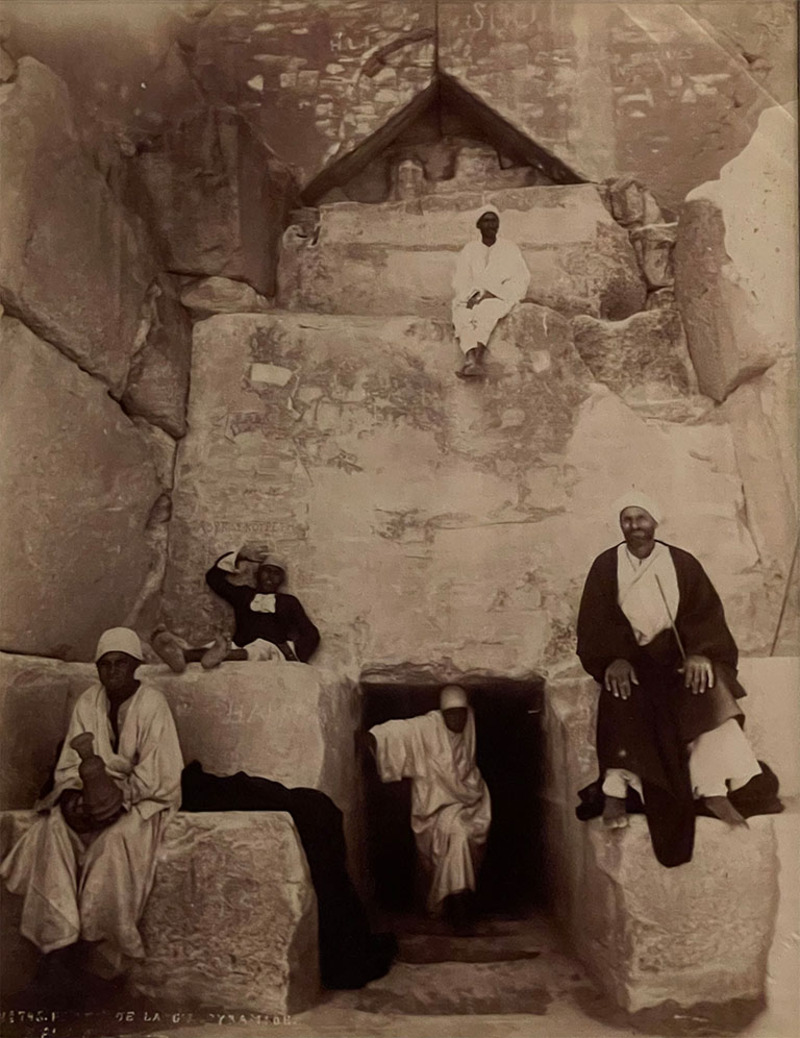
Maison Bonfils
Untitled (Great Pyramid of Giza)
1860–70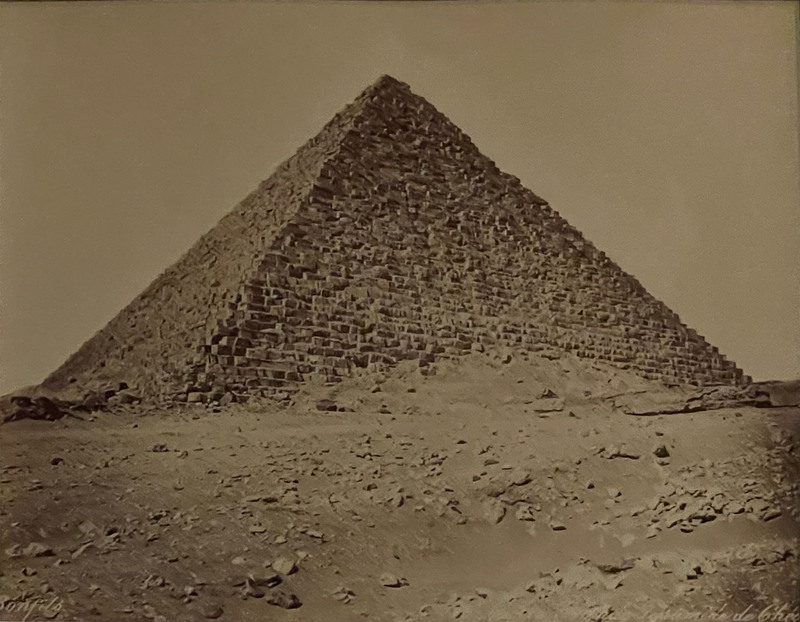
Maison Bonfils
Caire, Grande Pyramide de Chéops (Cairo, Great Pyramid of Cheops [Khufu], Giza)
1867–c. 1890s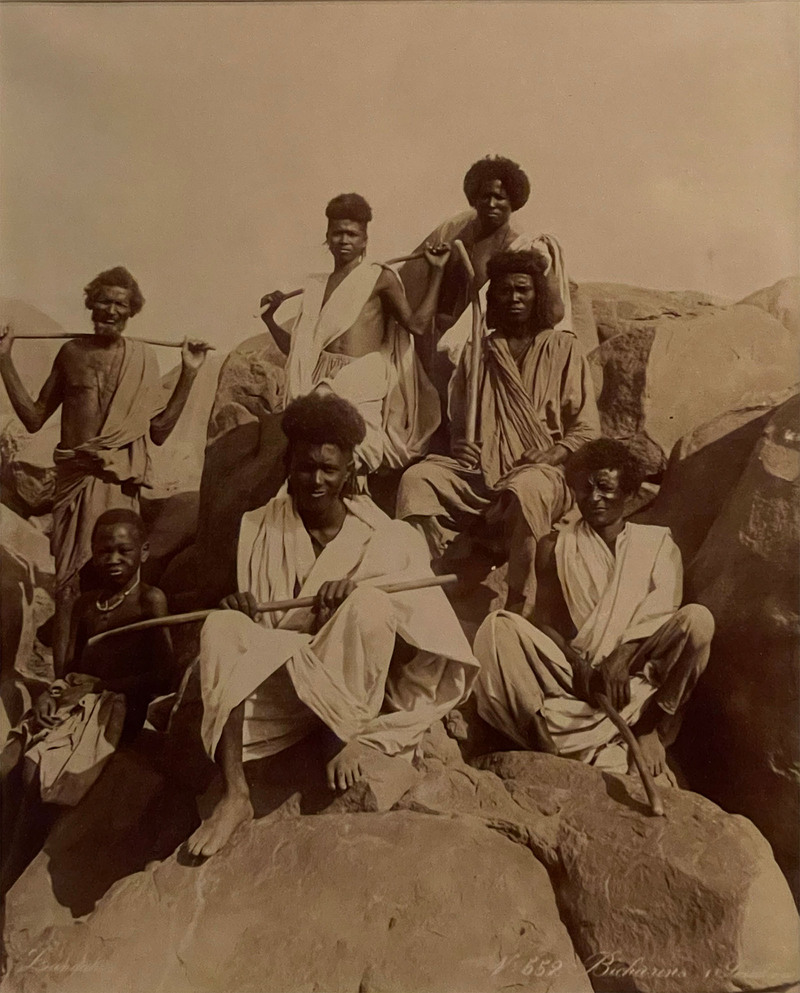
Adelphoi Zangaki
Bicharins Soudan (Bishari men, Sudan)
1860s–c. 1880s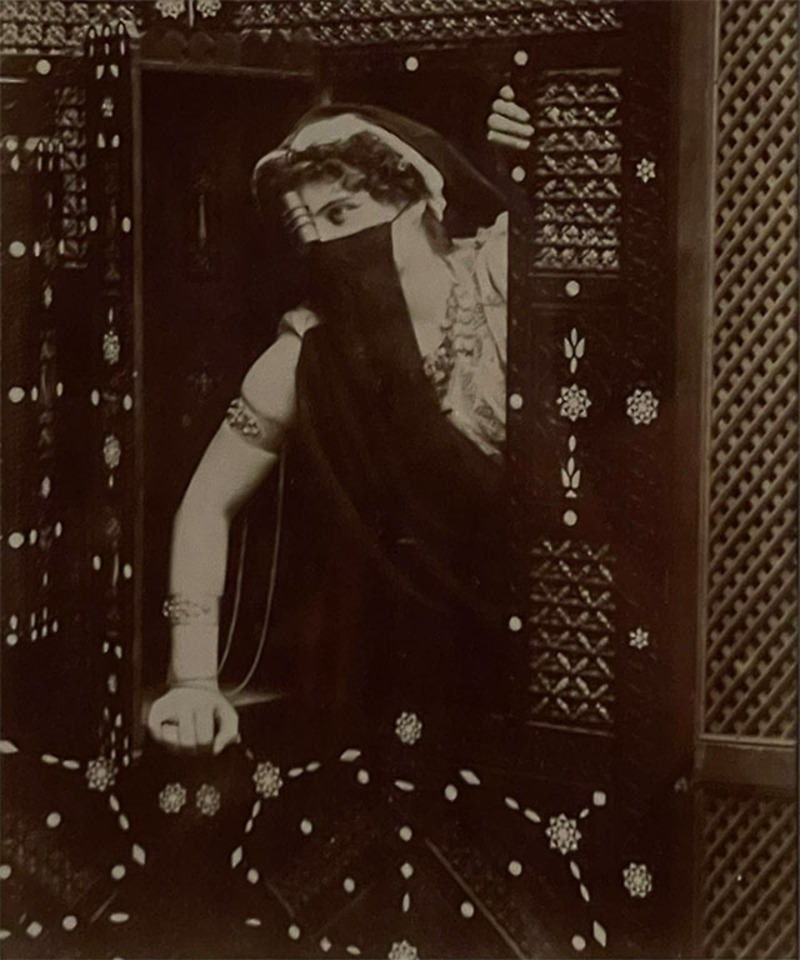
Sébah & Joaillier
Untitled (Ottoman woman)
c. 1880s–c. 1890s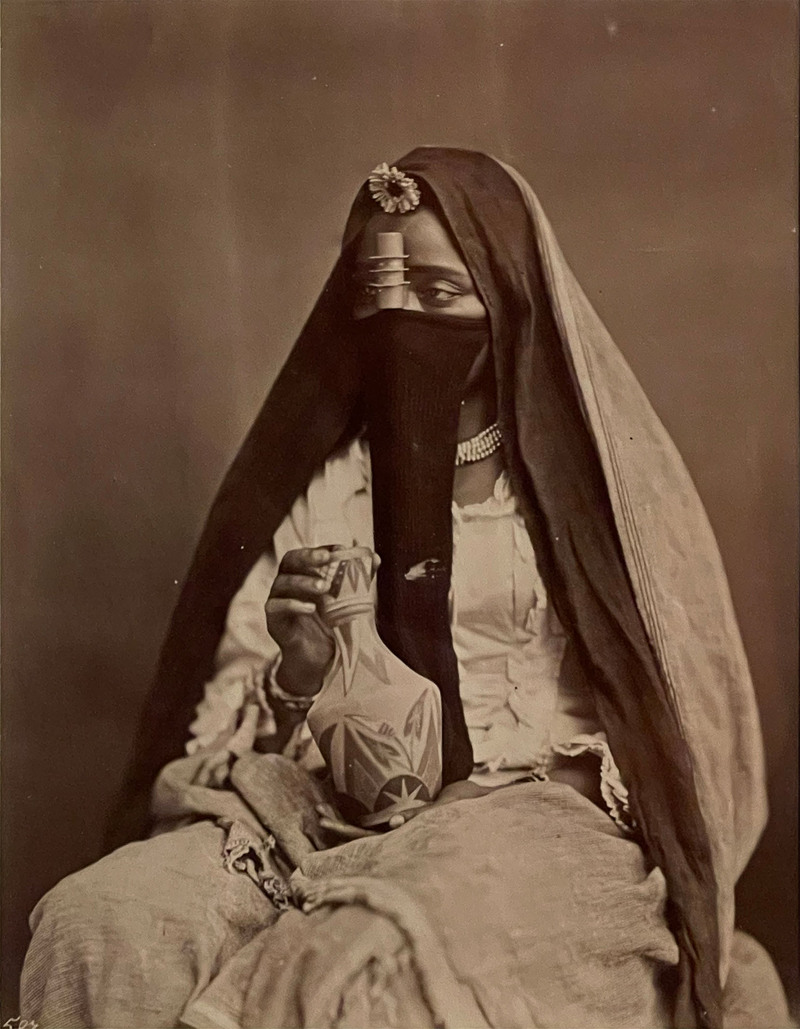
Unknown
Untitled (Egyptian woman)
c. 1870s